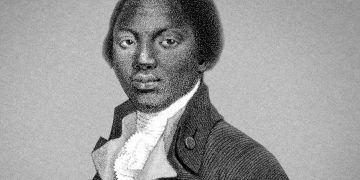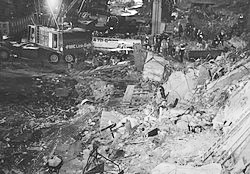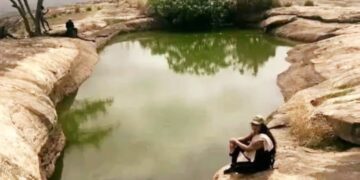
In the Spring of 1947 a group of Bedouin people discovered a number of ancient scrolls that had been placed in jars for safe keeping in a cave above the West Bank of the River Jordan. In 1948 seven of the scrolls were sold to an antiques dealer who sold them on to Jewish and Christian academics. They then came to the attention of Western academics who realised that they were similar to existing biblical documents.
The cave of discovery was then re-located and a team of archaeologists began to search the area for more documents and/or evidence of their authenticity as ancient biblical texts. In 1949 the cave of discovery was identified as Qumran Cave 1. Archaeologists then made a search of the cave and found pottery fragments, cloth and fragments of other documents that proved conclusively that the scrolls dated from biblical times.
Between 1951 and 1956 archaeologists discovered a further ten caves all containing further scrolls and fragments of manuscripts.
Initially the scrolls and various text fragments were held by different organisations including private collectors and they all suffered deterioration as a result. Furthermore, scholars around the world were keen to see the scrolls but were denied access even to photographs of the discoveries. Finally, on 22nd September 1991 facsimile versions of all the texts were made available to qualified members of the public.
In 1993 NASA, in collaboration with the Ancient Biblical Manuscript Center and West Semitic Research began a project to make high resolution digital images of all the texts that had been found. A project to produce a digital version of the texts by 2016 is currently being made by the Museum of Jerusalem in partnership with Google.












